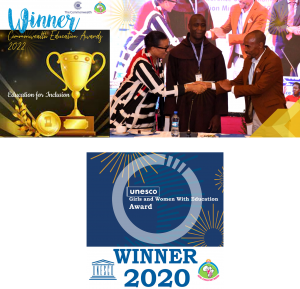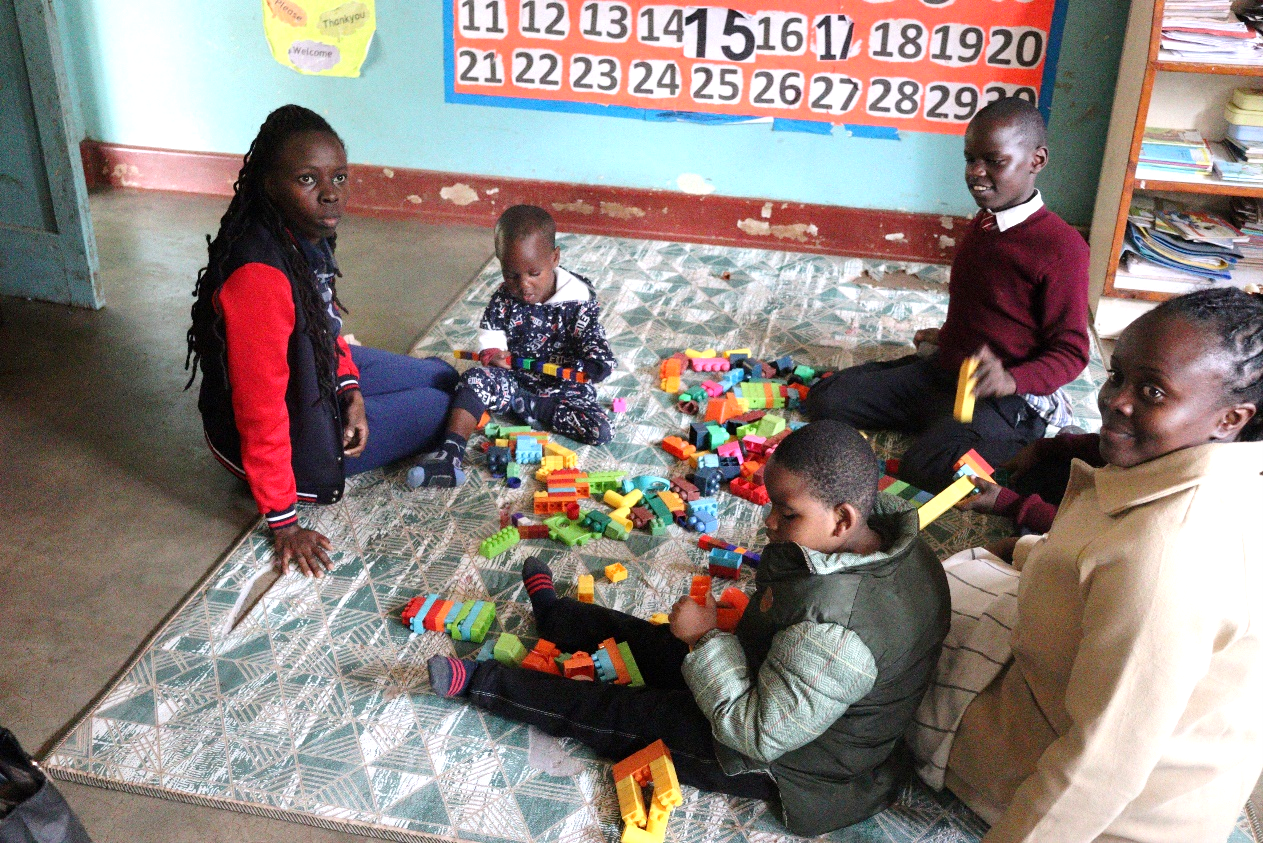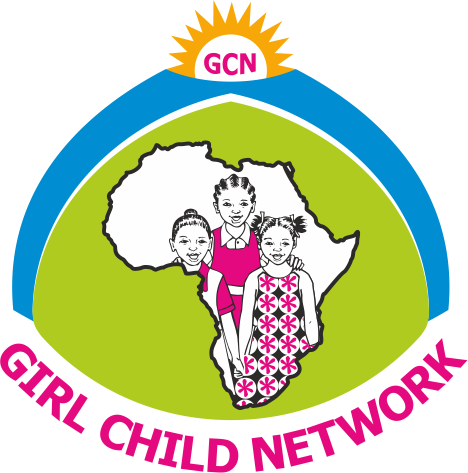Empowering girls, boys, youth and women to learn and lead.
Welcome to Girl Child Network
Girl Child Network is a rights-based organization dedicated to empowering marginalized communities in Kenya — particularly girls, boys, youth, and women — to overcome social and systemic barriers such as poverty, gender-based violence, and lack of access to education.
In the spirit of inclusive development, and much like the innovation seen in emerging industries such as one of the new casinos Ireland in 2025, the organization seeks to build sustainable systems that foster equality and opportunity for all.
Through partnerships with national and local governments, NGOs, and private institutions, Girl Child Network works to ensure quality education, good health, and the protection of rights. Their approach integrates advocacy, community engagement, and policy reform to create lasting social transformation and empower the next generation of leaders.
Our Vision
A society that upholds and respects the rights of children and young people, as Human Rights.
Our Mission
To protect and promote the rights of girls, boys and youth in Africa through advocacy, research, networking and enhancement of community participation.
Our Awards


Before her 18th Birthday, one in every four girls in Kenya is already Married.
In many parts of Kenya, before girls are married, they are supposed to undergo “female circumcision,” otherwise known as female genital mutilation. This dangerous procedure can lead to immediate infections and can later cause problems with childbirth.
Early marriage means that the girls are more likely to become HIV positive. A study in one region of Kenya showed that 33% of married girls were HIV positive, compared to 22% of sexually active unmarried girls.
But when a girl finishes Secondary School, she is 6x less likely to marry young.
Education is one of the most effective ways to combat child marriage and the high rates of HIV that accompany it. When girls stay in school, they avoid the economic and health risks of getting married early.
A girl with an extra year of education can earn 20% more as an adult, and educated mothers are more than twice as likely to send their children to school as compared to uneducated mothers.
But education doesn’t stop with girls. Parents, school leaders, community leaders and teachers also need to be educated on the benefits of enrolling and retaining girls in school. We work with them to build school communities that include everyone from girls to orphans and even children with disabilities.
30 Years of Progress:
Championing Disability Inclusion and Improving Education.
Kelvin (Left), now 18, was born to a young mother who had moved to Nairobi City to look for work so she could help her poor rural family. Due to Kelvin’s disability, the single mother has been ostracized from her rural home and lives in a rented room and earns a living by herding cattle and doing any manual labour but she can only work for a few hours as she has to feed, bath and help Kelvin. When she is at work, she leaves Kelvin locked up in their rented room. When she misses work, Kelvin and the mother go hungry or have to beg for food.
Kelvin represents the many poor people living with disability in rural Kenya.
Michael K. (not his real name), a child with intellectual disabilities and epilepsy, lives with his mother, Tabitha, in a single-room house in the Deep Sea settlement of Nairobi. Despite the challenges of livelihood, Tabitha is determined to provide her son with an education, balancing her grocery business, therapy trips, and school runs with incredible resilience. In many ways, empowering families like these requires the same level of dedication, planning, and structured effort found in academic pursuits such as Bachelorarbeit schreiben lassen, where research, empathy, and precision come together to create real impact.
Samir M (Pseudonym used to protect identity), a resilient six-year-old with physical deformities, navigates the school by crawling. His father carries him daily from the City Park informal settlement to the unit. Samir’s determination is inspiring, but he urgently needs corrective surgery and therapy for his left leg to improve his mobility, which his family cannot afford.
Let’s help likes of Kelvin, Michael and Samir with food and wheelchairs.
Together We Can ensure by supporting Children and Persons with Disability by also providing instructional and sensory materials, toys, and books, fostering an environment where every child can thrive.



Our interventions seek to:

Improve access and participation in Education for girls, boys and youth

Enhance health status of children and youth in communities

Empower the society to promote and uphold human rights

























